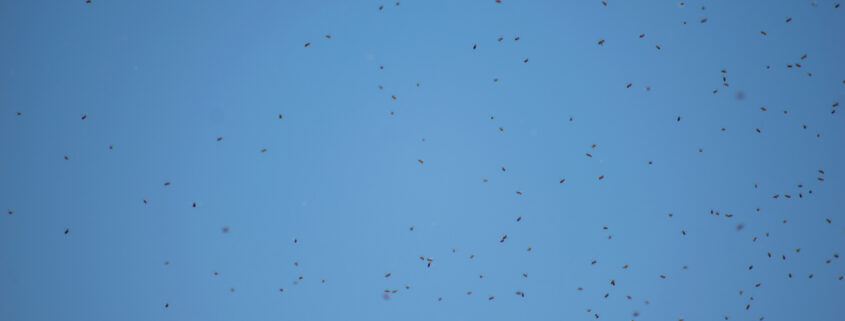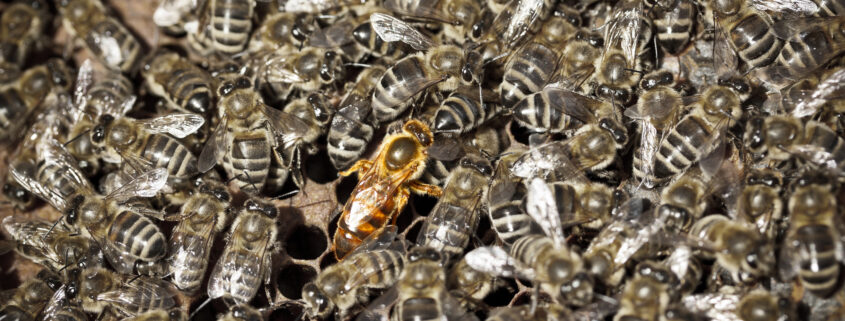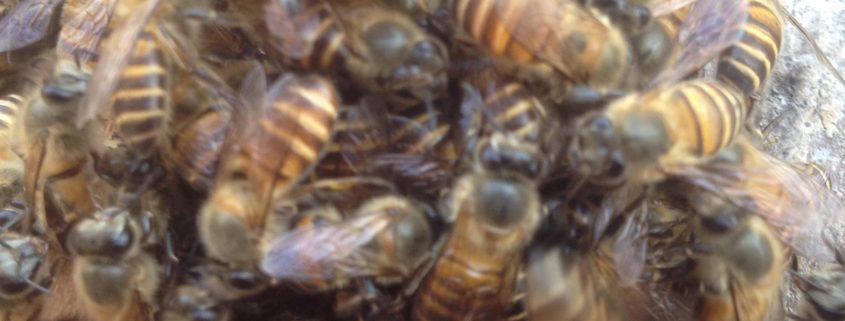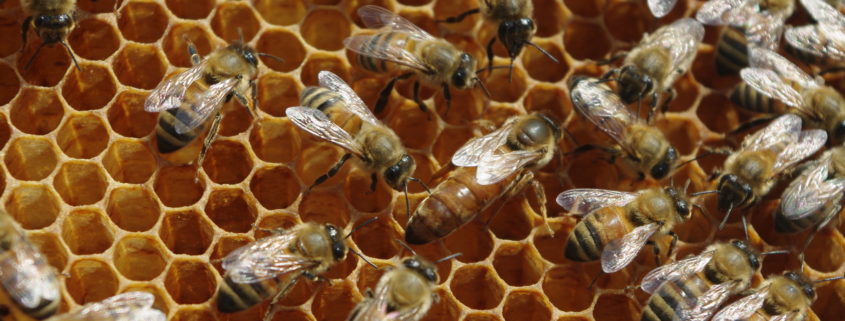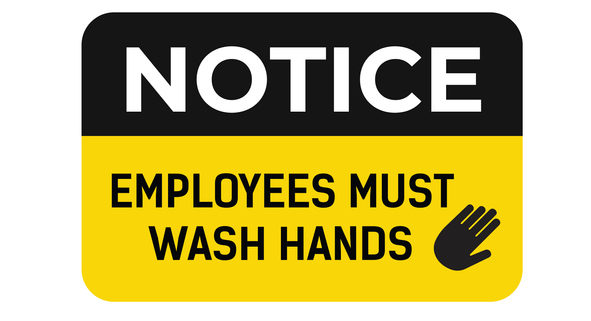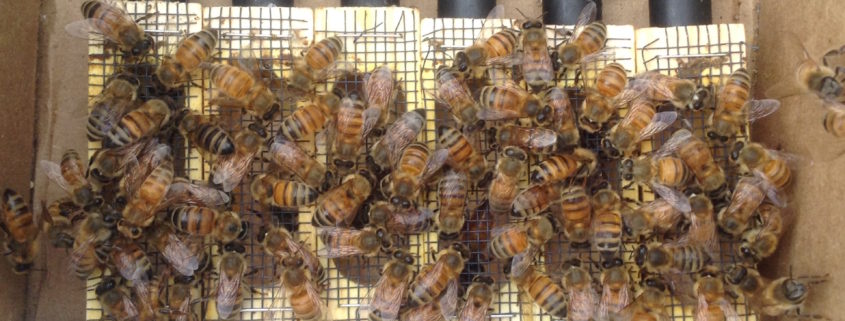Valentine’s Day in the Drone Congregation Area: Where Honeybee Queens Find Love in the Sky
High above the honeybee hive, amidst the gentle sway of trees and the chirping of birds, lies a hidden realm known as the drone congregation area (DCA). This invisible airspace, about 100 meters wide and 15-30 meters above the ground, is a celestial love nest where virgin honeybee queens ascend to meet their destined mates.
Imagine a scene from a bee-themed rom-com. Thousands of male drones, driven by pheromones and primal instinct, gather in a swirling, buzzing cloud, eagerly awaiting their queen. The air hums with anticipation, a silent symphony of beating wings and hopeful drone hearts.
But why this elaborate aerial rendezvous? Why not mate within the cozy confines of the hive?
The answer lies in the unique biology of honeybee reproduction. A queen mates only once, and she does it with multiple drones – usually 10-20 – during a single flight. This “polyandry” ensures genetic diversity in her offspring, strengthening the colony’s resistance to diseases and environmental challenges.
So, how does this bee ballet unfold?
The Queen’s Call:
- As a young queen emerges from the hive, her body releases a potent mix of pheromones, invisible chemical signals that announce her availability. These “queen substance” pheromones act like an irresistible perfume, beckoning drones from nearby hives.
The Drone Rendezvous:
- Drones, equipped with special receptors for these pheromones, take flight, following the invisible scent trail like love-struck missiles. They gather in the DCA, forming a dense, swirling cloud, their excitement palpable in the buzzing symphony.
The Celestial Mating:
- The queen, guided by the drone density, ascends into the DCA. As she flies, she releases even more pheromones, intensifying the drones’ ardor. The cloud condenses around her, forming a mesmerizing “drone comet” trailing behind her like a celestial fan.
- Within this intimate dance, the most vigorous drones manage to mate with the queen. The mating process is swift and fatal for the drone. His endophallus, a reproductive organ, detaches inside the queen, providing her with a lifetime supply of sperm. As he falls from the sky, the remaining drones continue their pursuit, hoping for their chance at glory.
The Return of the Queen:
- After several successful matings, the queen, now carrying the hopes of a colony, returns to the hive. She stores the collected sperm in a special organ called the spermatheca, using it throughout her life to fertilize her eggs.
The drone congregation area, though unseen by most, plays a vital role in the honeybee’s survival. It’s a testament to the intricate dance of nature, where love takes flight not in a candlelit corner, but in the vast expanse of the sky, ensuring the future of a buzzing kingdom.

